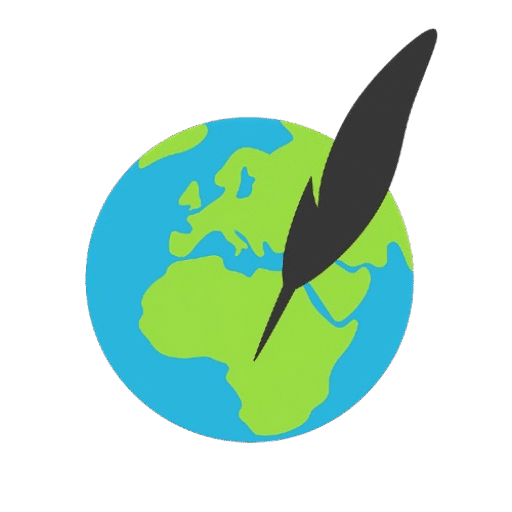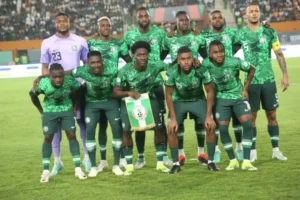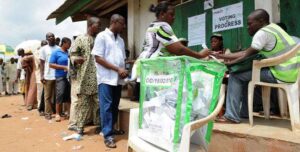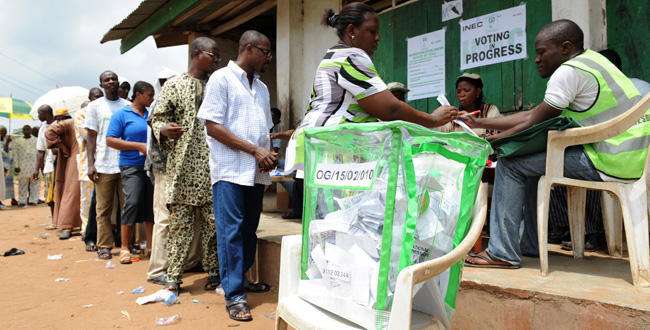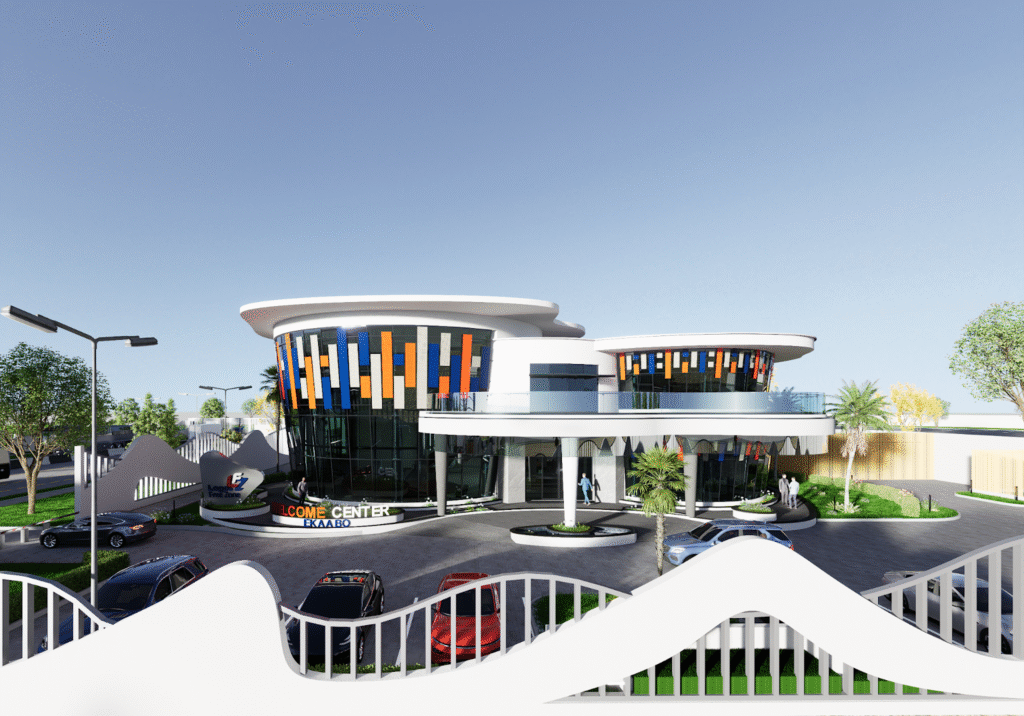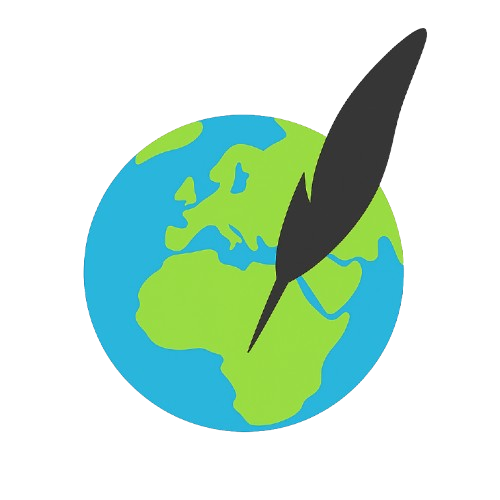
🟢 Incumbent — All Progressives Congress (APC)
- President Bola Ahmed Tinubu
Officially endorsed by the APC in May 2025 to run for a second and final term, Tinubu’s main selling points include his controversial economic reforms (fuel subsidy removal, exchange-rate liberalization). Still, he faces backlash over rising living costs and ongoing security challenges (apnews.com, legit.ng, reuters.com).
🔴 Opposition Coalition — African Democratic Congress (ADC)
A powerful coalition calling itself the ADC is emerging as the main opposition platform. It brings together major figures from PDP, LP, NNPP, and SDP:
- Atiku Abubakar (PDP former Vice President): A six-time presidential contender and central figure in the coalition (dailytrust.com, legit.ng).
- Peter Obi (LP former Anambra Governor): The youthful opposition icon, who came third in 2023, joined the coalition to build its national footprint .
- Nasir El‑Rufai (formerly APC, now SDP): The former Kaduna governor defected from APC and is said to be actively positioning himself for 2027 (en.wikipedia.org).
- Rabiu Kwankwaso (NNPP ex-Kano Governor/Senator): Holds strong regional support and is considered a credible coalition partner (en.wikipedia.org).
🧑🔧 Other Potential Contenders
- Rotimi Amaechi (ex-Rivers Governor and former Transport Minister): Speculated as a possible APC challenger if Tinubu steps down (en.wikipedia.org).
- Goodluck Jonathan (PDP former President): Northern elites are reportedly lobbying for him to make a comeback, though his interest remains uncertain (thisdaylive.com).
- Seyi Makinde, Omoyele Sowore, Fela Durotoye, Prince Adewole Adebayo, Kingsley Moghalu: Represent youth and “third force” alternatives, likely to influence primaries or coalition dynamics (en.wikipedia.org).
⚖️ Key Dynamics Ahead
- Unified Opposition vs Incumbent Advantage
Analysts emphasize that only a unified opposition front can effectively challenge Tinubu. Without cohesion, the opposition risks repeating past failures (apnews.com). - Regional Balancing & Zoning
Geo-political calculations—balancing North, South-East, South-West—will be crucial. A possible consideration of Jonathan’s candidacy reflects strategic maneuvering to respect rotation norms (legit.ng). - Coalition Cohesion
The ADC platform is modeled after the 2015 “mega-coalition.” Success depends on managing competing ambitions, especially among figures like Atiku, Obi, El‑Rufai, and Kwankwaso (en.wikipedia.org).
🎯 Summary Table
| Candidate | Party/Affiliation | Strengths | Challenges |
|---|---|---|---|
| Bola Tinubu | APC (incumbent) | Party machinery, economic reforms | High living costs, security issues |
| Atiku Abubakar | PDP → ADC | Experience, diaspora network, presidential reach | Perceived as old guard |
| Peter Obi | LP → ADC | Youth appeal, reformist image | Still building national party structure |
| Nasir El‑Rufai | SDP → ADC | Technocratic credentials, North support | Polarizing style, new party hurdles |
| Rabiu Kwankwaso | NNPP → ADC | Kano base, grassroots followers | Limited appeal outside the North |
| Goodluck Jonathan | PDP / cross-party draft? | National respect, constitutional eligibility | Political relevance is unclear |
| Others (e.g., Amaechi, Makinde, Sowore, Durotoye) | Various | Renewed, region-specific support | Low national profile, lack of party cohesion |
✅ Final Takeaway
The 2027 race is shaping up into a bi-polar contest:
- APC with Tinubu offers continuity and institutional backing.
- An opposition ADC coalition stands as the primary challenger—holding potential if they can navigate internal rivalries.
In the coming months, watch for key developments in coalition-building, zoning agreements, candidate primaries, and decisions by cross-party heavyweights like Jonathan.
